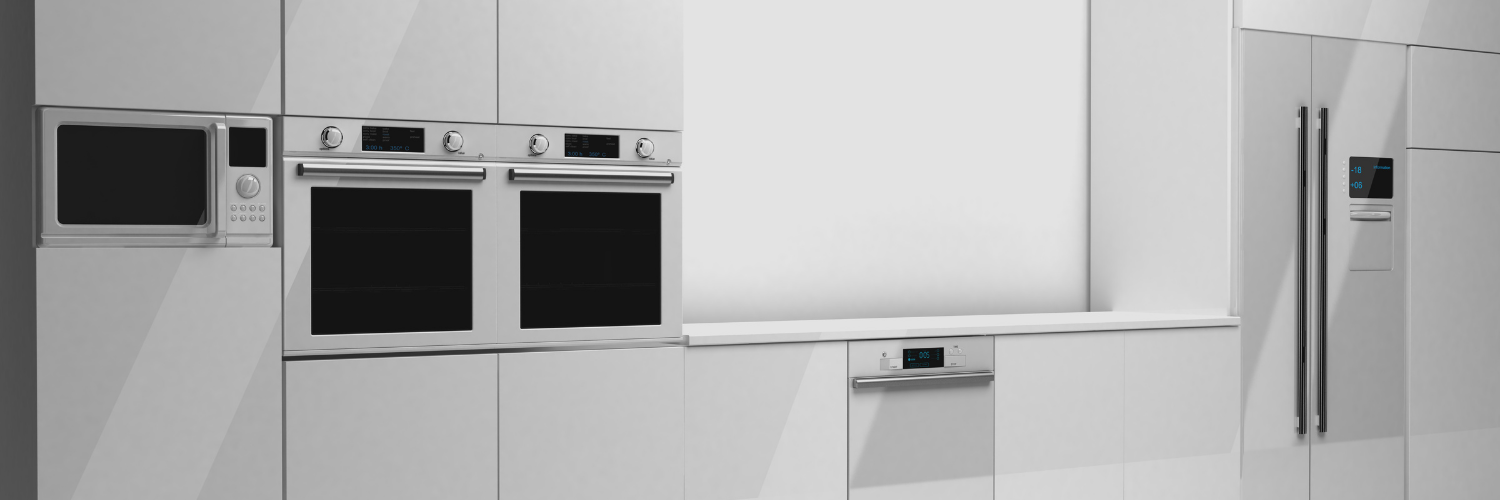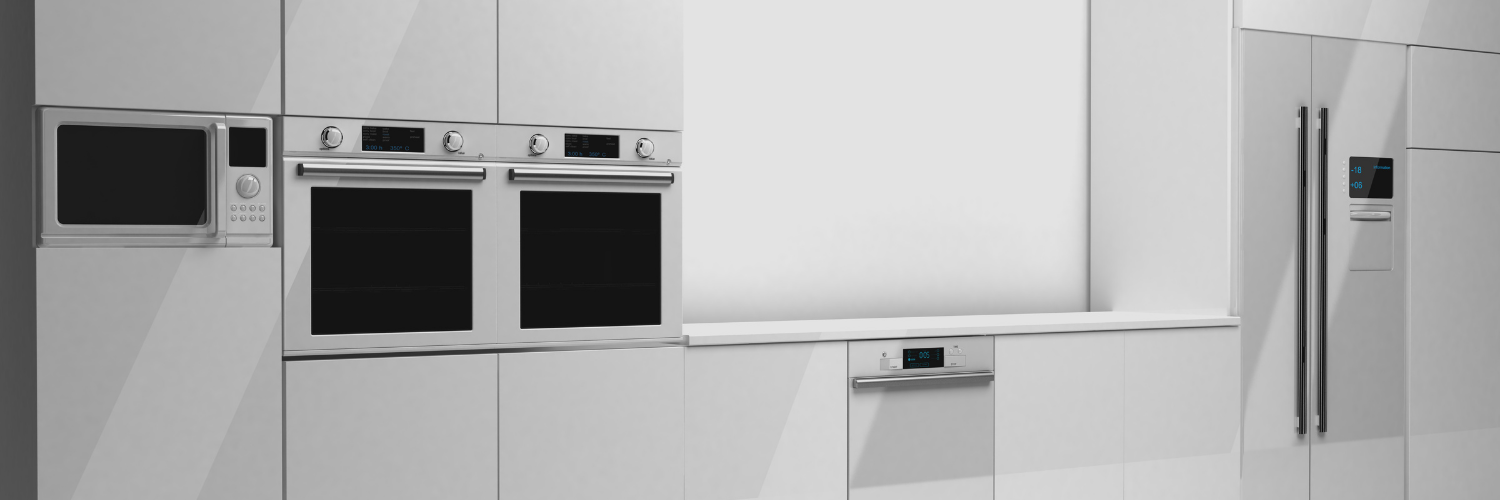What Temperature Should Your Fridge Be
Maintaining the correct temperature in your refrigerator is crucial for food safety and longevity. For homeowners, understanding the optimal fridge temperature can help ensure that your food stays fresh and safe to eat. This article will guide you through the ideal refrigerator temperature, why it's important, and how to maintain it effectively.
Introduction to Refrigerator Temperature
A refrigerator's primary function is to keep food at a safe temperature to prevent spoilage and bacterial growth. In Canada, where we experience a range of temperatures throughout the year, keeping your fridge at the right temperature is essential to preserving the quality of your food.
Ideal Temperature for Your Refrigerator
1. Recommended Temperature Range
The ideal temperature range for a refrigerator is between 1°C and 4°C (34°F and 39°F). This range is optimal for:
- Preventing Bacterial Growth: Bacteria grow rapidly at temperatures above 4°C (39°F), so keeping your fridge cooler helps prevent this.
- Maintaining Food Freshness: The recommended temperature range keeps fruits, vegetables, dairy products, and meats fresh for longer periods.
2. Why Not Too Cold or Too Warm?
- Too Cold: Setting your fridge temperature too low can cause food to freeze, especially items close to the back or sides. This can negatively affect the texture and flavour of certain foods.
- Too Warm: If your fridge is too warm, food may spoil quickly and increase the risk of food borne illnesses.
Checking and Adjusting Your Fridge Temperature
1. Using a Thermometer
To ensure your fridge is at the correct temperature:
- Place a Thermometer: Place a refrigerator thermometer in the center of the middle shelf for an accurate reading.
- Check Regularly: Regularly check the thermometer to make sure the temperature remains within the recommended range.
2. Adjusting the Temperature
Most refrigerators have a dial or digital controls to adjust the temperature:
- Manual Dials: If your fridge has a manual dial, set it to a medium or recommended setting and check with a thermometer. Adjust as needed.
- Digital Controls: For fridges with digital controls, set the temperature directly to 1°C to 4°C (34°F to 39°F).
Factors Affecting Fridge Temperature
1. Door Openings
Frequent opening of the refrigerator door can cause temperature fluctuations. Minimize door openings and ensure it closes properly to maintain a stable temperature.
2. Location of the Fridge
The placement of your refrigerator can affect its performance:
- Avoid Heat Sources: Place the fridge away from heat sources like stoves, direct sunlight, or heating vents.
- Ensure Proper Ventilation: Make sure there is adequate space around the fridge for ventilation to help it operate efficiently.
3. Load and Arrangement
- Avoid Overloading: Overloading the fridge can block air vents and disrupt airflow, affecting temperature distribution.
- Organize Properly: Store items properly to ensure good airflow inside the fridge. Keep raw meats on lower shelves to prevent cross-contamination.
Troubleshooting Common Temperature Issues
1. Inconsistent Temperature
If you notice that your fridge temperature fluctuates:
- Check the Door Seal: Ensure that the door seal is intact and not damaged. A faulty seal can cause temperature changes.
- Inspect the Thermostat: If the thermostat is malfunctioning, it may need repair or replacement.
2. Fridge Too Warm or Too Cold
- Adjust Settings: Refer to the manufacturer’s manual to adjust the temperature settings appropriately.
- Defrost: If frost build-up is an issue, consider defrosting the fridge to improve performance.
Conclusion
Maintaining the correct temperature in your refrigerator is essential for food safety and quality. For homeowners, setting your fridge to between 1°C and 4°C (34°F and 39°F) will help keep your food fresh and safe. Regularly check and adjust the temperature, ensure proper placement and organization, and address any issues promptly to maintain optimal performance.



